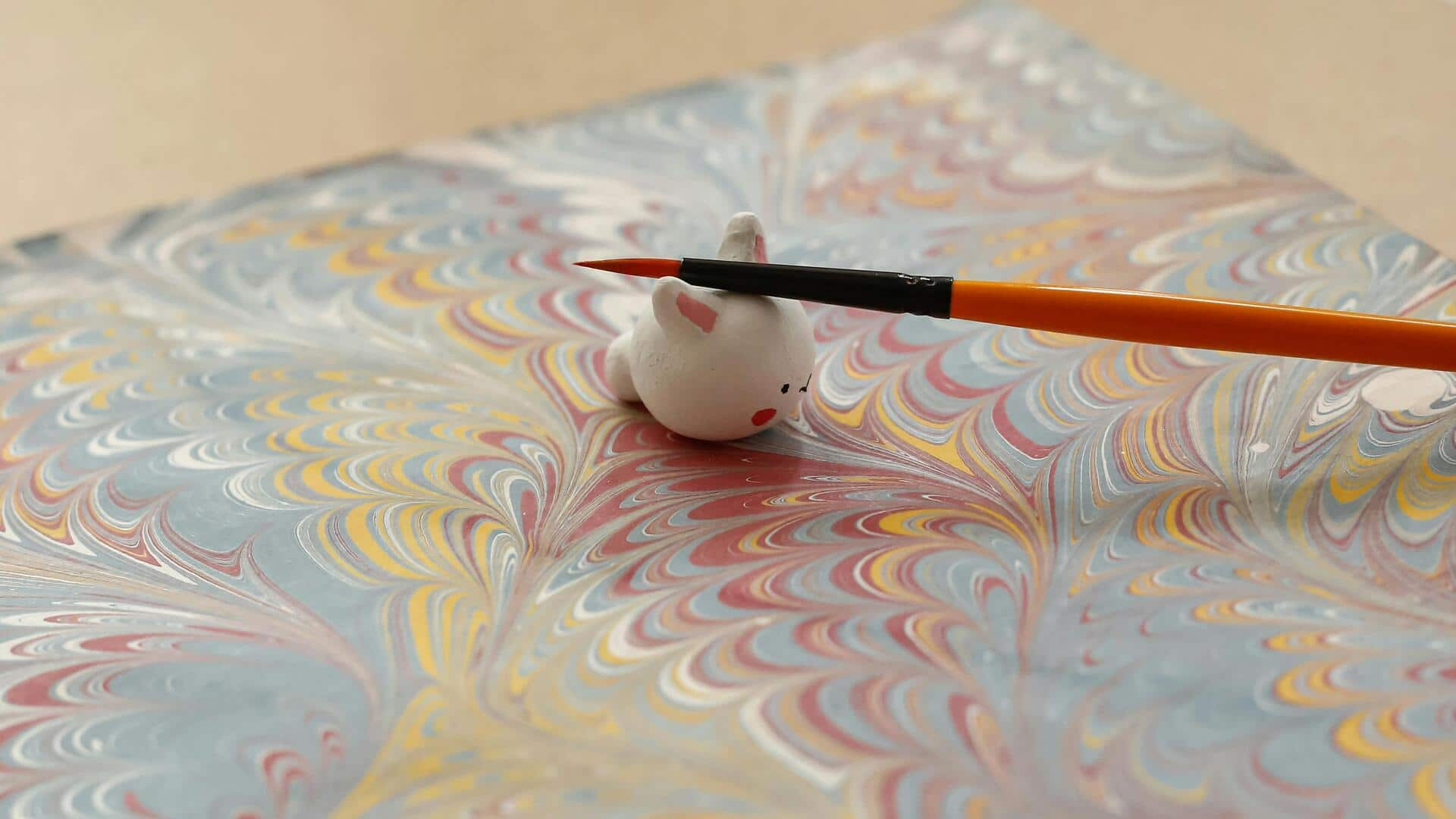
A beginner's guide to paper marbling
What's the story
African paper marbling is a traditional art form that involves creating intricate patterns on paper using water and dyes. This technique, which has been practiced for centuries, allows artists to produce unique designs that are both beautiful and culturally significant. By mastering this craft, one can create stunning pieces of art that reflect the rich heritage of Africa. Here are some tips on how to master African paper marbling effectively.
Tip 1
Understanding the basics of marbling
To begin with African paper marbling, it is important to get a hang of the basic materials and techniques. The most important things are water, natural dyes, and a surface to float the dyes on. The dyes are mixed with water to create colors that float on the surface. A stylus or comb is used to create patterns by manipulating the floating colors before they are transferred onto paper.
Tip 2
Choosing the right materials
Selecting high-quality materials is key to achieving vibrant and lasting results in marbling. Use natural dyes derived from plants for authentic colors that reflect traditional African art. Ensure that the paper used is absorbent enough to capture details without bleeding or smudging. Experimenting with different types of papers can lead to discovering unique textures and finishes that enhance the final artwork.
Tip 3
Practicing various patterns
Mastering various patterns is key to becoming a skilled marbler. Start with simple designs like concentric circles or zigzag lines before moving on to more complex motifs commonly seen in African art. Consistent practice will help you develop your own style, while gaining confidence in manipulating dyes effectively.
Tip 4
Preserving your artwork
Once you have created your marbled designs, preserving them properly is important to keep their beauty intact over time. Allow each piece to dry completely before handling it further or framing it for display purposes. Consider using archival-quality materials when framing or storing your artwork, so as not to damage its integrity over time.